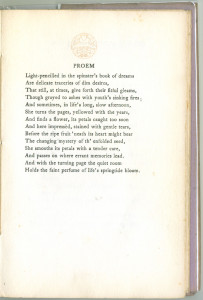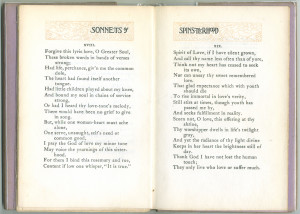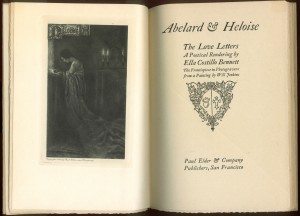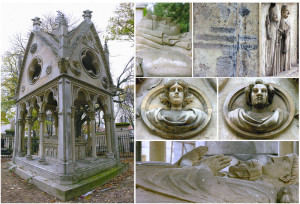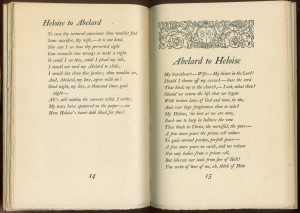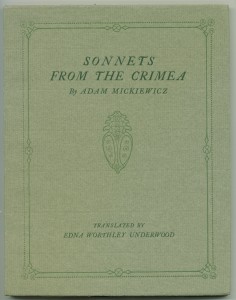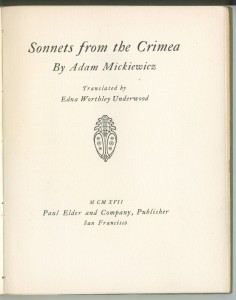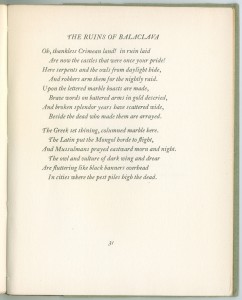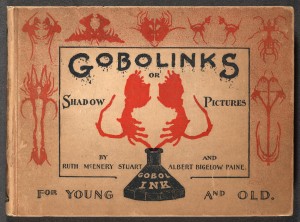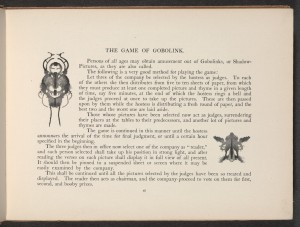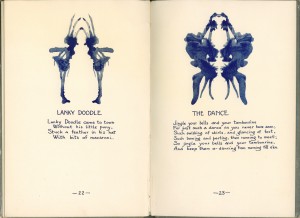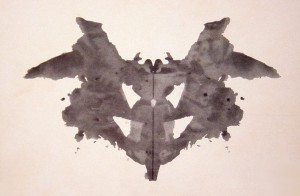
In 1915, the poet Snow Langley was 36 years old and unmarried: a “spinster” in the thankfully now-obsolete parlance. Spinning wool was typically the job of unmarried women, and spinster was used in legal documents as early as the 1600s to denote an unmarried woman who was likely to stay that way. One might think, then, that a book entitled Sonnets of Spinsterhood would be full of bitterness about years of loneliness. However, a better indication of what lies ahead is in the subtitle: A Spinster’s Book of Dreams: Delicate Traceries of Dim Desires. Langley writes in her introduction:
These Sonnets need, perhaps, a word of explanation. In a recent reading of Elizabeth Barrett Browning’s Sonnets from the Portuguese, the conviction was borne in upon me that the sentiment of love is worthy of expression, whether or not it outwardly finds an object; “for the romantic passion” as a dream, an ideal or a memory is a source of inspiration in every human life. I have endeavored to make the sequence of sonnets show the ideal progress from the personal to the racial, from the love which seeks individual expression to the love for humanity.

The book is bound in lavender paper, highlighting the personal, feminine nature of the content. The beautiful decorations are by Audley B. Wells, whom Elder used in a number of his publications.
Nannie Snow Longley was born in Ohio in 1879. Her family moved to California some time after, and she graduated from Los Angeles High School in 1896, where she gave the valedictory address, a historical narrative entitled “The Ballad of Lady Mary.” She left the ranks of spinsterhood at the age of 49 when she married Grant S. Housh in 1928; they had no children. For many years she was an English teacher at Los Angeles High School, where one of her students was the future science-fiction writer Ray Bradbury; he credited her with instilling in him a love of poetry. She died in 1963 and is buried in the Hollywood Forever Cemetery in Los Angeles.
